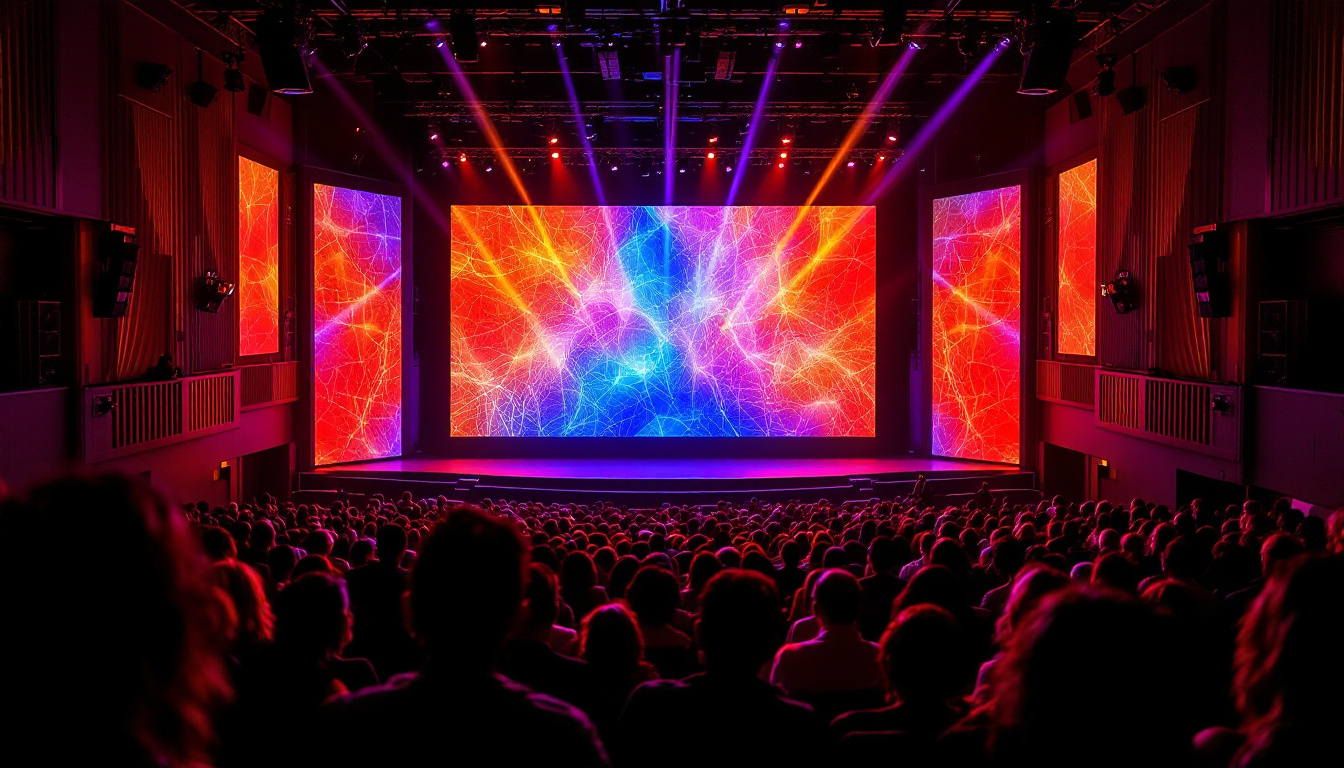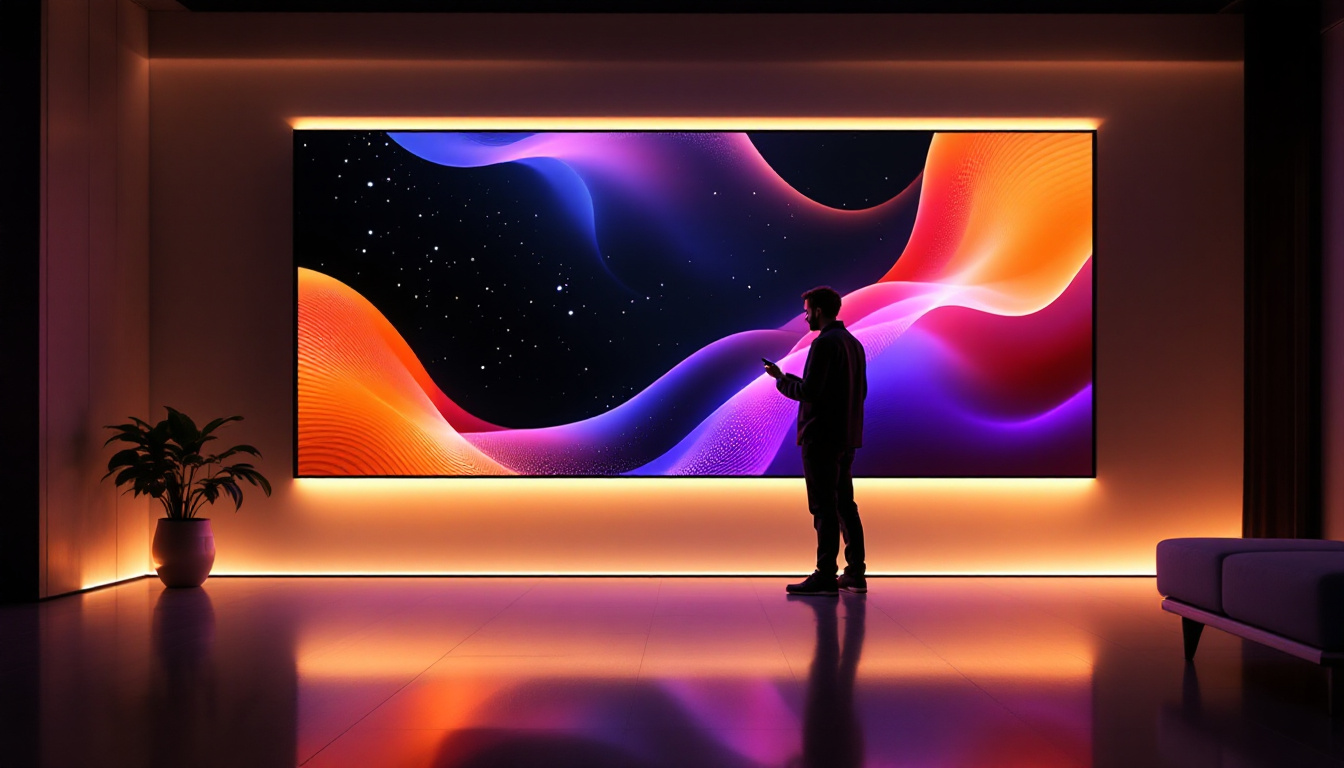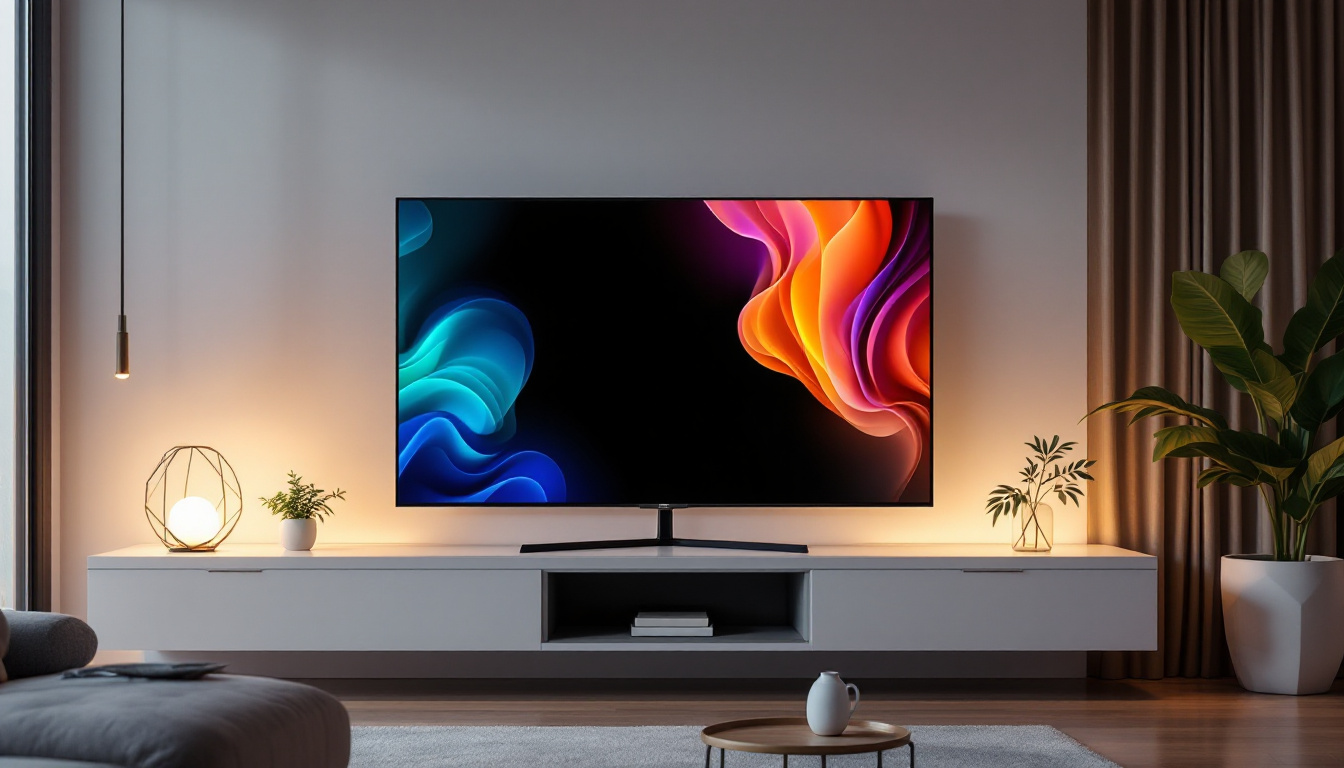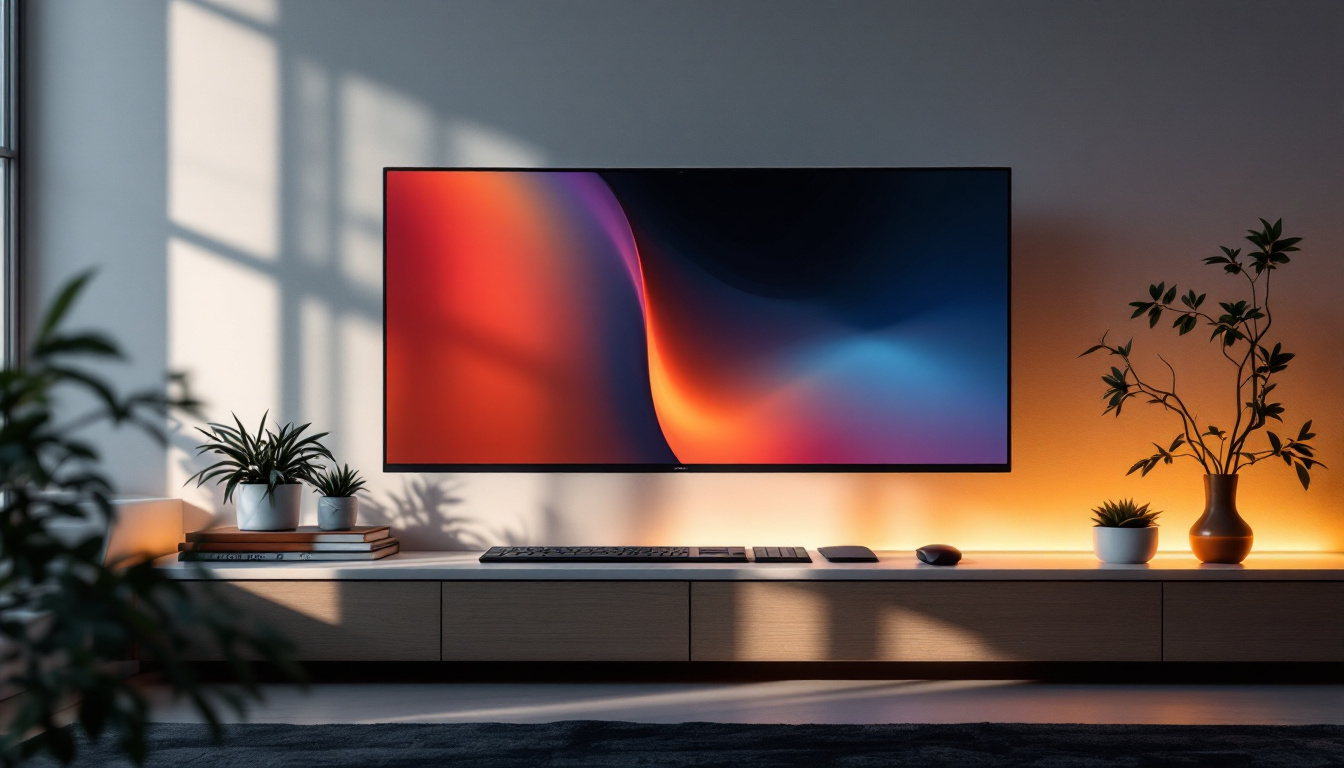In the rapidly evolving world of digital displays, understanding the differences between various screen technologies is essential for consumers, businesses, and tech enthusiasts alike. Among the most common and widely used display types are LCD and LED displays. While these terms are often used interchangeably, they represent distinct technologies with unique characteristics, advantages, and applications.
This article delves deep into the world of LED displays, explaining what they are, how they work, and how they compare to LCD technology. By the end, readers will have a clear understanding of LED displays, enabling them to make informed decisions when purchasing screens for TVs, monitors, smartphones, or digital signage.
Understanding LCD Technology: The Foundation of Modern Displays
Before exploring LED displays, it’s important to understand LCD, or Liquid Crystal Display, technology, which forms the basis for many modern screens. LCDs have been around since the 1960s but became mainstream in the early 2000s with the rise of flat-panel TVs and computer monitors.
What is an LCD?
An LCD is a flat-panel display that uses liquid crystals to modulate light. These crystals do not emit light themselves; instead, they manipulate light passing through them to create images. The liquid crystals are sandwiched between two layers of polarized glass and aligned to either block or allow light to pass through when an electric current is applied.
Because liquid crystals don’t emit light, LCDs require a backlight to illuminate the screen. This backlight shines through the layers of the display, and the crystals control which pixels are lit and which are dark, forming the images you see.
Types of Backlighting in LCDs
The backlight is a crucial component of LCD screens. Early LCDs used cold cathode fluorescent lamps (CCFLs) as backlights, which were bulky and consumed more power. Modern LCDs predominantly use LED backlighting, which is more energy-efficient, thinner, and allows for better brightness control.
This is where the term “LED display” often causes confusion. Many “LED TVs” are actually LCD TVs with LED backlighting rather than true LED displays. Understanding this distinction is key to grasping the differences between LCD and LED technologies.
In addition to LED backlighting, there are two primary types of LED configurations used in LCDs: edge-lit and full-array. Edge-lit LCDs have LEDs positioned along the edges of the screen, which allows for a slimmer design but can result in uneven brightness across the display. On the other hand, full-array backlighting places LEDs directly behind the screen, providing more uniform brightness and better contrast ratios, especially in scenes with dark and light elements. This technology has made significant strides, allowing for local dimming capabilities that enhance the viewing experience by adjusting the brightness in specific areas of the screen.
Furthermore, the advancements in LCD technology have also led to improvements in color accuracy and viewing angles. With the introduction of IPS (In-Plane Switching) panels, users can enjoy vibrant colors and consistent image quality from wider angles, making them ideal for group viewing situations. This has made LCDs a popular choice not only for televisions but also for computer monitors, smartphones, and tablets, where visual fidelity and user experience are paramount.
What is an LED Display? Defining the Technology
LED stands for Light Emitting Diode, a semiconductor device that emits light when an electric current passes through it. LED displays use these diodes as the primary source of light and image formation, unlike LCDs, which rely on backlighting and liquid crystals. This fundamental difference in technology allows LED displays to achieve greater energy efficiency and longer lifespans, making them a popular choice for both consumer electronics and commercial applications.
Types of LED Displays
LED displays come in different forms, primarily:
- LED-backlit LCDs: These are LCD screens illuminated by LED backlights instead of CCFLs. This technology is common in most modern TVs and monitors, offering improved color accuracy and energy savings.
- Direct-view LED displays: These displays use individual LEDs as pixels, emitting light directly without the need for a backlight. They are typically used in large outdoor screens, stadium displays, and digital billboards, providing stunning visuals that can be seen from great distances.
- MicroLED displays: An emerging technology where microscopic LEDs form each pixel, offering superior brightness, contrast, and energy efficiency compared to traditional displays. MicroLEDs promise to revolutionize the display industry with their potential for ultra-thin designs and modular configurations.
How Do Direct-View LED Displays Work?
In direct-view LED displays, each pixel consists of one or more LEDs that emit red, green, and blue light. By adjusting the brightness of each LED, the display can produce a full spectrum of colors. This direct emission of light allows for vibrant colors, deep blacks, and high contrast ratios, which are essential for creating engaging visual experiences.
These displays are modular and scalable, making them ideal for large-format applications such as outdoor advertising, concert screens, and sports arenas. The ability to produce very bright images also makes them suitable for environments with high ambient light. Furthermore, direct-view LED technology is increasingly being adopted in indoor settings, such as shopping malls and corporate lobbies, where dynamic content can captivate audiences and enhance brand visibility.
One of the standout features of direct-view LED displays is their durability and resistance to environmental factors. Unlike traditional displays, which can suffer from glare or damage due to weather conditions, LED displays are built to withstand harsh elements, making them a reliable choice for outdoor installations. Additionally, their low power consumption and long operational life contribute to lower maintenance costs, further solidifying their position as a leading technology in the display market.
Comparing LCD and LED Displays: Key Differences and Benefits
While LCD and LED displays share some similarities, their differences impact performance, image quality, energy consumption, and application suitability.
Image Quality and Contrast
Direct-view LED displays generally offer superior contrast ratios compared to LCDs because LEDs can be turned off completely to produce true blacks. In contrast, LCDs rely on a backlight that can leak light even in dark areas, resulting in less deep blacks.
However, LED-backlit LCDs have made significant improvements with technologies like local dimming, which dims parts of the backlight to enhance contrast. Despite this, direct-view LEDs still hold an advantage in contrast and brightness.
Brightness and Viewing Angles
LED displays, especially direct-view types, can achieve much higher brightness levels than LCDs, making them visible even in direct sunlight. This is why LED displays dominate outdoor signage and digital billboards.
Viewing angles are generally better on LED displays as well, with consistent color and brightness from various perspectives. LCDs can suffer from color shifting and reduced brightness when viewed off-center.
Energy Efficiency
LED technology is more energy-efficient than traditional CCFL-backlit LCDs. Direct-view LED displays consume power proportional to the brightness of the image, making them efficient for dynamic content. MicroLED displays promise even greater energy savings due to their self-emissive nature and lack of backlighting.
Thickness and Design Flexibility
LED-backlit LCDs are thinner and lighter than older CCFL-backlit models, enabling sleek TV and monitor designs. Direct-view LED displays can be built in various sizes and shapes, including curved and flexible formats, offering design versatility for creative applications.
Applications of LED Displays: Where and Why They Matter
Understanding the applications of LED displays helps clarify why the technology matters and how it benefits different industries.
Consumer Electronics
Most modern TVs, computer monitors, and smartphone screens use LCD panels with LED backlighting. This combination balances image quality, cost, and energy efficiency, making it accessible for everyday use.
High-end TVs may incorporate OLED or MicroLED technologies for enhanced picture quality, but LED-backlit LCDs remain dominant due to their affordability and performance.
Outdoor and Large-Scale Displays
Direct-view LED displays are the go-to solution for outdoor advertising, sports arenas, and public information screens. Their high brightness, weather resistance, and scalability make them ideal for these demanding environments.
For example, Times Square in New York City features massive LED billboards that deliver vibrant, eye-catching advertisements visible day and night.
Commercial and Industrial Use
Retail stores, transportation hubs, and corporate environments use LED displays for digital signage, wayfinding, and presentations. The ability to display dynamic content with high visibility improves communication and customer engagement.
Future Trends in LED Display Technology
The display industry continues to innovate, with LED technology at the forefront of many advancements.
MicroLED: The Next Generation
MicroLED displays use tiny, self-emitting LEDs to create each pixel, combining the best features of OLED and traditional LED displays. They offer exceptional brightness, color accuracy, and longevity without the burn-in issues associated with OLEDs.
While still expensive and challenging to manufacture at scale, MicroLED technology is gaining traction in premium TVs, augmented reality devices, and wearable tech.
Flexible and Transparent Displays
Advances in LED technology have enabled the development of flexible and transparent displays. These innovations open new possibilities in design, such as rollable TVs, heads-up displays in vehicles, and interactive storefront windows.
Energy Efficiency and Sustainability
As energy consumption becomes a critical concern, LED display manufacturers are focusing on reducing power usage and improving recyclability. Innovations like adaptive brightness control and eco-friendly materials are shaping the future of sustainable display technology.
Conclusion: Choosing the Right Display Technology
Understanding what an LED display is and how it differs from LCD technology is essential for making informed decisions in today’s tech landscape. While many consumer devices use LED-backlit LCDs for their balance of quality and cost, direct-view LED displays excel in brightness, contrast, and scalability for commercial and outdoor applications.
Emerging technologies like MicroLED promise to revolutionize the market with superior performance and energy efficiency, though widespread adoption may take time. Ultimately, the choice between LCD and LED displays depends on the specific needs, budget, and intended use cases of the user.
By staying informed about these technologies, consumers and businesses can select displays that best meet their requirements, ensuring optimal viewing experiences and long-term satisfaction.
Discover Cutting-Edge LED Displays with LumenMatrix
Ready to elevate your visual experience with the latest in LED display technology? LumenMatrix, a pioneer in innovative LED solutions, offers a diverse range of products designed to bring your brand to life. From Indoor and Outdoor LED Wall Displays to specialized options like Vehicle, Sports, and Floor LED Displays, our mission is to transform your visual communication. With our Custom, All-in-One, and Transparent LED Displays, engaging your audience has never been more impactful. Check out LumenMatrix LED Display Solutions today and see how we can help you make a lasting impression.































